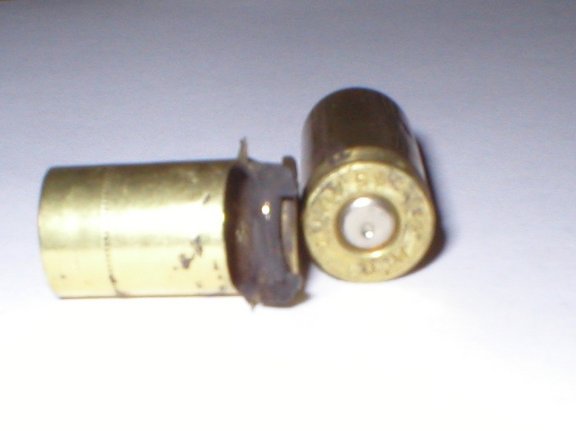These casings were taken from a lot fired by a customer at my range today. The loads are 115gr, standard pressure 9mm target loads. They are commercial reloads, from a reputable company.
Of 60 rounds fired, there were 11 failures. These are the worst four:
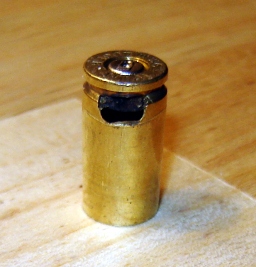
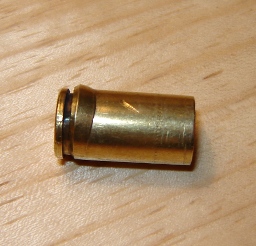
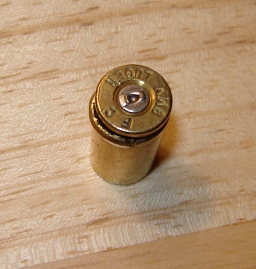
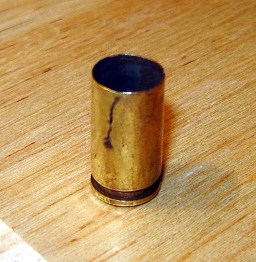
All were fired from a new Glock 19. Casings are a mix of Federal Commercial and Winchester. My first thought was that the wrong primers (magnum or small rifle) may have been used, but that wouldn't have caused the rupture in the 4th picture.
Oddly enough, I fired a few through a Sig P226 and encountered only one slightly bulged case. Recoil was consistent and normal, and the loads were reasonably accurate.
Could it be that the reloader is using weakened/stressed brass? He (like everybody) is doing double-time to keep up with demand. It could be some bad brass got through.
Also worth asking, would the extent of damage to the brass have anything to do with the chamber differences in the Glock?
Of 60 rounds fired, there were 11 failures. These are the worst four:




All were fired from a new Glock 19. Casings are a mix of Federal Commercial and Winchester. My first thought was that the wrong primers (magnum or small rifle) may have been used, but that wouldn't have caused the rupture in the 4th picture.
Oddly enough, I fired a few through a Sig P226 and encountered only one slightly bulged case. Recoil was consistent and normal, and the loads were reasonably accurate.
Could it be that the reloader is using weakened/stressed brass? He (like everybody) is doing double-time to keep up with demand. It could be some bad brass got through.
Also worth asking, would the extent of damage to the brass have anything to do with the chamber differences in the Glock?




